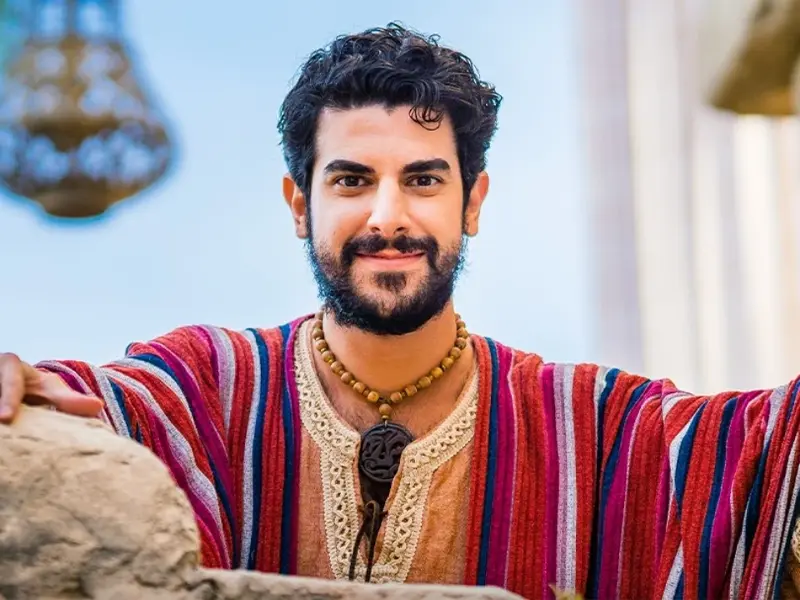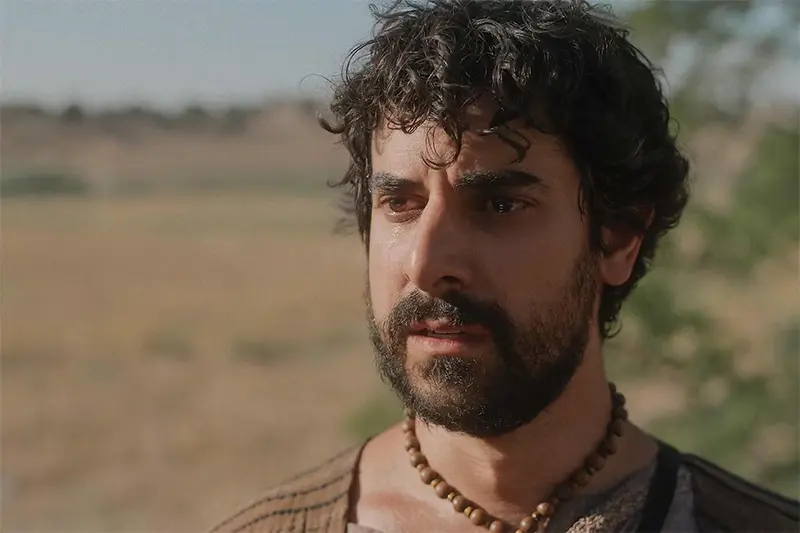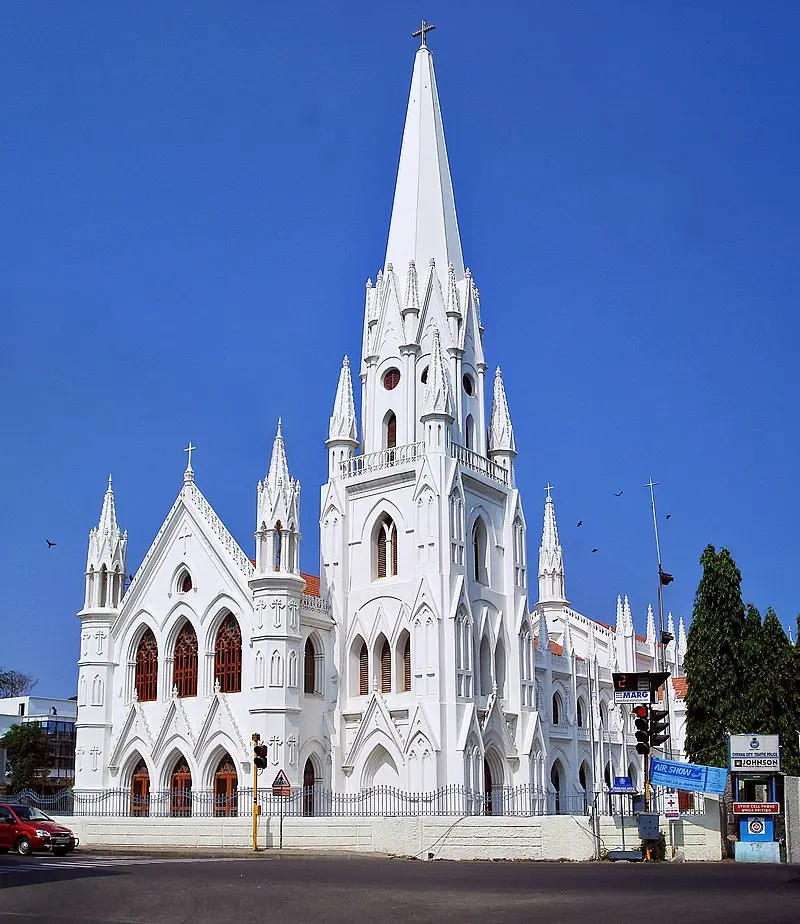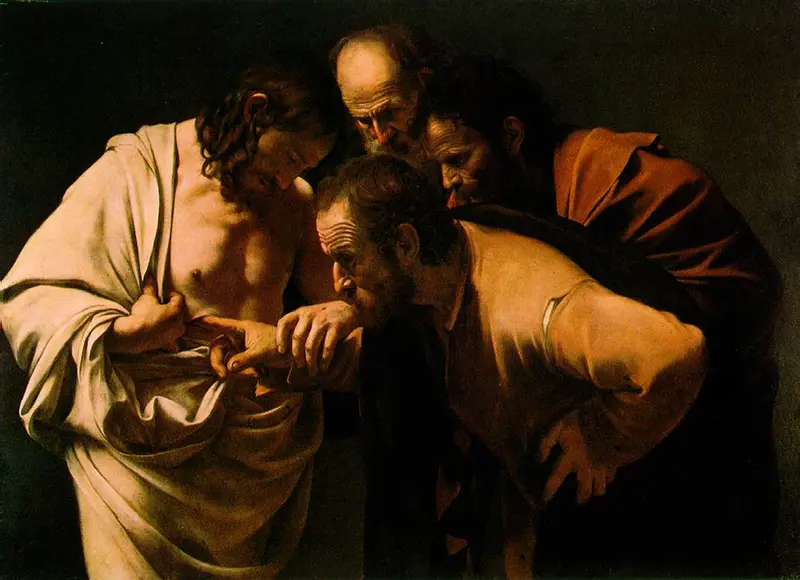
The Church joyfully celebrates the feast of St. Thomas, one of the twelve apostles chosen by Jesus. His martyrdom is celebrated on July 3. His figure, often associated with doubt, contains an admirable spiritual depth and a courageous witness of faith that took him to the ends of the known world. His life reminds us that sincere doubt, when it seeks the truth, can be a path to the strongest faith.
St. Thomas, also called Didymus - which means twin in Greek - was a Jew and probably a native of Galilee, like most of the apostles. Although the Gospels do not give much information about his life before meeting Jesus, his name appears in all the lists of the twelve apostles.
He was chosen by Jesus to be part of the intimate group of disciples who would accompany him during his public life. He is mentioned in key moments of the Gospel, especially in the Gospel of St. John, where he reveals his passionate, honest and deeply human personality.

St. Thomas is remembered above all for his reaction to the announcement of the Resurrection of Christ. When the other apostles told him that they had seen the risen Lord, he responded with the famous phrase: "Unless I see in his hands the mark of the nails, and put my finger into the hole of the nails and my hand into his side, I will not believe" (Jn 20:25).
However, this doubt is not born of hostile rebellion or mistrust, but of a sincere desire to understand and confirm the truth. Eight days later, when Jesus appears again, this time with Thomas present, he invites him to touch his wounds. The apostle's reaction is one of the most beautiful professions of faith in the Gospel: "My Lord and my God!" (Jn 20:28).
With this exclamation, St. Thomas not only acknowledges the resurrection of Christ, but also his divinity. It is a key moment, for Jesus responds with a phrase addressed to all those who would come after him: "Because you have seen me, you have believed; blessed are those who, without seeing, believe" (Jn 20:29).
After Pentecost and the outpouring of the Holy Spirit, Thomas, like the other apostles, went out to proclaim the Gospel. According to the strongest Christian tradition - both in patristic sources and in the living tradition of the Church in the East - St. Thomas brought the faith as far as India.
Various ancient testimonies, such as those of St. Ephrem, St. Jerome and the historian Eusebius of Caesarea, affirm that Thomas preached in the region of Parthia (present-day Iran) and then traveled to the southwest coast of the Indian subcontinent, to the region of Kerala. There, he founded Christian communities that have survived to this day and are known as the Christians of St. Thomas.
During his mission, he courageously evangelized, performed miracles and baptized numerous converts. It is said that he even reached the court of the king. Gondofares and converted many in the region of present-day Pakistan and India. His preaching was fruitful, but also provoked the rejection of those who opposed Christianity.

St. Thomas died a martyr's death, probably around 72 A.D., in Mylapore, near Chennai (formerly Madras), in India. According to tradition, he was pierced by a spear while praying in a cave, symbol of the same instrument with which a soldier had pierced Christ's side.
His tomb in India became a place of pilgrimage from the first centuries. Today, in Mylapore, stands the Basilica of St. Thomas, one of the few Catholic temples built on the tomb of an apostle (the others are in Rome and Santiago de Compostela).
His figure is especially venerated in the Eastern Churches and in the Catholic communities of South Asia, which proudly preserve a living faith rooted in the witness of this apostle.
For many centuries, the Latin Church celebrated the feast of St. Thomas on December 21. However, after the reform of the liturgical calendar in 1969, his memory was moved to July 3. This date coincides with the transfer of his relics to Edessa (present-day Urfa, Turkey) in the 4th century, an important event for the Syriac Church and for the expansion of Eastern Christianity.
Celebrating St. Thomas on July 3 allows us to rediscover his role as a witness to the resurrection, as a missionary apostle and as a model of a faith that is strengthened by humbly seeking the truth.

The figure of St. Thomas is especially close to those who live moments of uncertainty, questions or doubts in faith. His story shows us that doubt is not a sin, but a stage that, if well lived, can lead to a more mature faith.
Jesus does not reject St. Thomas because of his unbelief, but goes out to meet him. And Thomas, in recognizing Christ, makes a confession of faith that no other apostle had ever made with such clarity.
Like Thomas, we too are called to move from the desire for proof to the joy of faith. In the Christian life, we do not always see in order to believe, but we do believe in order to see with the eyes of our heart and soul.
At the CARF Foundation We promote the integral formation of seminarians and diocesan priests who, like St. Thomas, want to take the faith to the ends of the earth. Many of them, like him, come from distant countries and will return to evangelize, strengthen Christian communities and be living witnesses of Christ's love. Celebrating St. Thomas is also an occasion to redouble our prayer for vocations and to support this mission with generosity.
Thomas, one of the twelve, called Didymus, was not with them when Jesus came. The other disciples said to him:
-We have seen the Lord!
But he answered them:
-If I do not see on his hands the mark of the nails, and I do not put my finger in that mark of the nails and put my hand in the side, I will not believe.
And after eight days his disciples were inside again, and Thomas with them. Although the doors were locked, Jesus came and stood in the midst and said:
-Peace be with you.
He then said to Tomas:
-Bring your finger here and look at my hands, and bring your hand and put it in my side, and do not be unbelieving but believing.
Tomas answered and said to him:
-My Lord and my God!
Jesus replied:
-Because you have seen me you have believed; blessed are those who have not seen but have believed.
Gospel according to John: Jn 11:16; Jn 14:5; Jn 20:24-29.
Synoptic Gospels (lists of the Twelve Apostles): Mt 10:2-4; Mk 3:16-19; Lk 6:14-16.
Catechism of the Catholic ChurchCCC 642-644: Testimonies of the Apostles on the Resurrection.
Eusebius of Caesarea, Ecclesiastical HistoryBook III and IV (4th century): References to the mission of St. Thomas in Parthia and India.
St. Jerome, De viris illustribusChapter 3: Information on the evangelization of Thomas.
San Gregorio de Nazianzo, Orationes33, 18: Mention of the sending of Thomas to India.
St. Ephrem of Syria, Hymns about the ApostlesHymn 42: Exalts the preaching of Thomas in Eastern lands.
Roman Liturgical Calendar (updated after Vatican Council II)Fixing of the feast of St. Thomas the Apostle on July 3.
Roman Martyrology (typical ed. 2001), p. 336: Memoria litúrgica y breve nota hagiográfica sobre el apóstol.
St. Thomas Basilica (Santhome), Mylapore, IndiaTradition and veneration of the place of his martyrdom and burial.
Catholic Encyclopedia (ed. 1912), article "St. Thomas": Historical and patristic synthesis of the life and mission of the apostle.